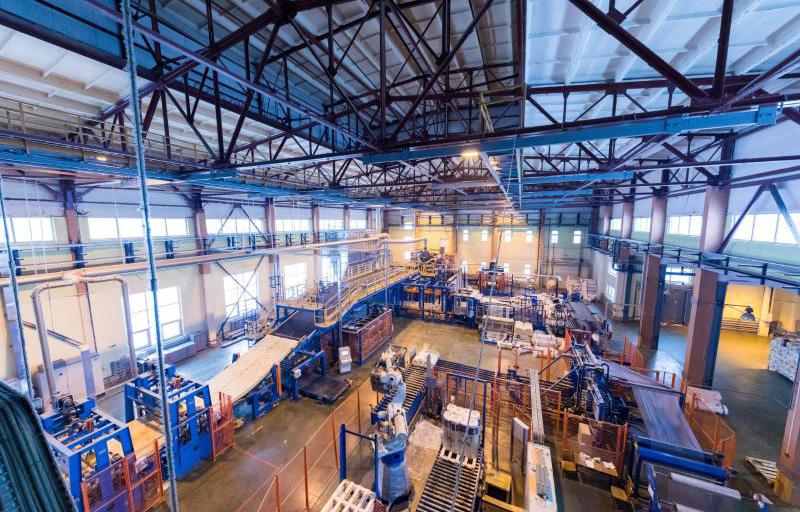Back to a normal industrial market? That’s what NAI Hiffman report says is happening in Chicago
By Dan Rafter, Editor

More of a normal market? That's what NIA Hiffman says the Chicago industrial market continues to see in 2025.
NAI Hiffman recently published its second quarter 2025 Chicago Industrial Market Report for metropolitan Chicago. This report showed a market that while not booming is still seeing steady absorption and demand.
Just don't expect the absorption and development numbers that the Chicago-area industrial market saw during the record-setting year of 2021. Those days are gone, and today's Chicago industrial market has reverted back to more of a normal pace of activity.
According to NAI Hiffman's report, the Chicago-area industrial market saw more than 1 million square feet of positive net absorption during the second quarter. That's a dip from the 2.3 million
square feet of positive absorption in the first quarter. Year-to-date, though, the Chicago-area industrial market recorded 3.3 million square feet of positive net absorption during the first half of 2025.
That figure remains consistent with the first half of 2024, when the market saw 3.4 million square feet of positive net absorption.
Despite the steady absorption numbers, the vacancy rate for the Chicago industrial market inched up to an overall 6.4%. That's a small jump from the overall vacancy rate of 6.1% in the first quarter of this year. NAI Hiffman pointed to large tenant relocations and the delivery of new speculative buildings as the reason for this increase.
The second quarter's industrial vacancy rate was up from 5.8% in the second quarter of 2024, NAI Hiffman reported.
Leasing activity wasn't in boom mode, but it was steady. NAI Hiffman reported that the Chicago-area industrial market recorded 12.1 million square feet of new leasing activity during the second quarter of the year. That is an increase from the nearly 11 million square feet registered in the first quarter of 2025.
Year-to-date, the Chicago market has recorded almost 23.1 million square feet of new industrial leasing volume. This is a solid number, but is, of course, much lower than the 81.1 million square feet of industrial leasing activity in 2021.
The Interstate-80/Joliet Corridor submarket outpaced all others during the second quarter with 3.9 million square feet of new industrial leasing activity. This was highlighted by RJW Logistics' lease of 1.1 million square feet at NorthPoint Development's Third Coast Intermodal Hub at 201 W. Compass Blvd. in Joliet.
In an interesting shift, for the first time since the first quarter of 2024, speculative industrial construction in the Chicago market outpaced build-to-suit development in the second quarter. Out of a total of 11.4 million square feet of Chicago-area industrial space under construction, speculative construction accounted for 5.7 million square feet, or 50.5% of all industrial properties being built. Build-to-suit amounted for 5.6 million square feet of new industrial construction in the market during the second quarter.
NAI Hiffman reported that 45.4 million square feet of speculative industrial inventory has been built in the Chicago market since the start of 2023. Of that space, 23.4 million square feet, or 51.5%, has been leased.

